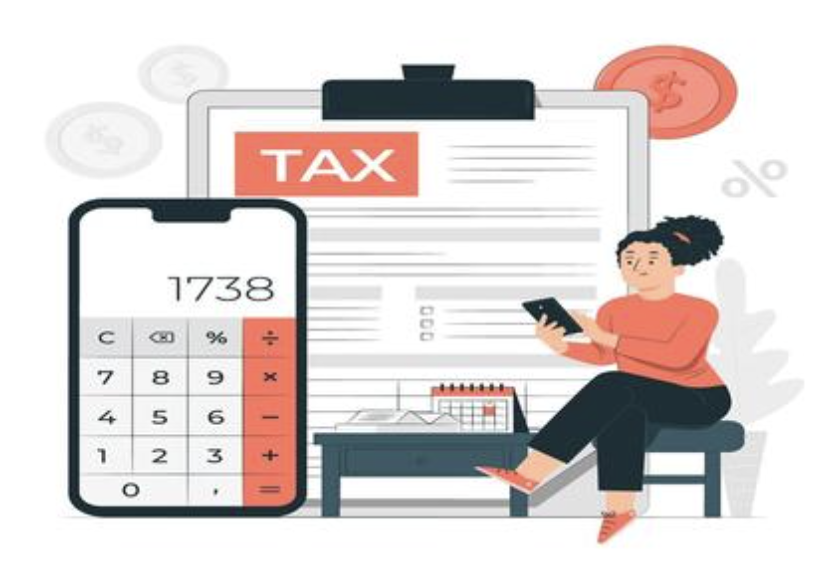With the growth of the gig economy, freelancing attracts many individuals because of the flexible hours and the opportunity for self-employment, particularly for those who have good financial skills.However, opting for this mode of work demands far more than a mere longing for freedom. It’s crucial to think about important financial factors, such as creating a strong emergency fund to help manage income changes, planning for expenses unique to freelancing (like health insurance and tools), and saving money for taxes, which people often forget about when moving to self-employment.

The Volatile Income Challenge
Individuals with high salaries, accustomed to steady paychecks, frequently find the variable income of freelancing challenging. Take, for instance, a successful marketing consultant: they might make a lot of money when launching campaigns but encounter gaps in income when clients focus on internal assessments. This uncertainty can upset their plans for discretionary spending or investments.Freelancers who have significant fixed expenses, such as costly mortgages or private school tuition, can face financial strain during slower times. Experts recommend creating an emergency fund that lasts for six to twelve months, which is essential in managing higher living costs.
Hidden Freelancing Costs
Freelancers frequently encounter hidden expenses, such as more expensive health insurance compared to what companies offer and costs for professional growth. For instance, a top-tier software developer might require expensive training to remain competitive, which can reduce their income. They are responsible for essential tools too, like high-quality software for designers or better computers, as well as marketing costs, including website updates and fees for industry events to draw in clients, which can tighten their finances.

Taxation Turbulence
For freelancers, tax issues are significantly more complicated compared to those who have a regular salary. Individuals with high incomes, who usually understand tax responsibilities well, will discover that freelancing adds additional complexity. Freelancers are often seen as self-employed workers. This means they must pay both employer and employee shares of Social Security and Medicare taxes, known as self-employment tax. Additionally, it is essential to keep track of business expenses for tax deductions. For instance, a freelance graphic designer collaborating with luxury brands may incur costs for premium software licenses, specialized tools, and expenses for attending relevant industry events. Should these expenditures fail to be accurately documented, it may result in overlooked deductions and higher tax obligations.

The Silver Lining: Potential for Higher Earnings
Although freelancing presents various challenges, it also has the advantage of allowing for higher income potential. Professionals with sought-after skills can charge higher fees for their work. For instance, a freelance management consultant known for successfully improving large companies can earn much more per project compared to a typical salary in a corporate job. This flexibility enables them to determine their rates based on the value they provide, free from the limitations of a company's pay scale.
To sum up, while freelancing can lead to greater independence and the chance for increased earnings, it requires careful consideration, particularly for those who spend generously. It is crucial to conduct a detailed financial evaluation alongside a solid grasp of the associated risks and benefits before venturing into freelancing.





